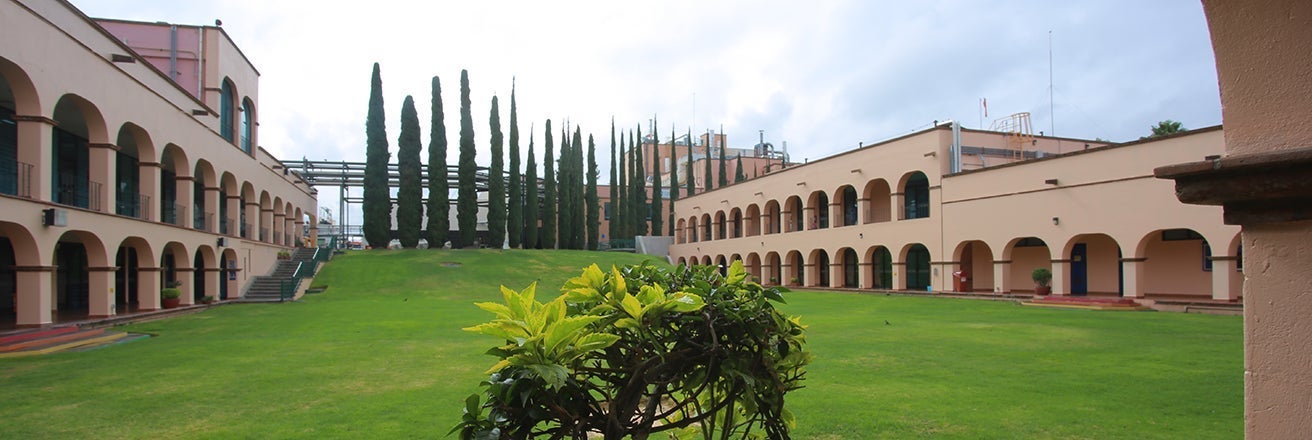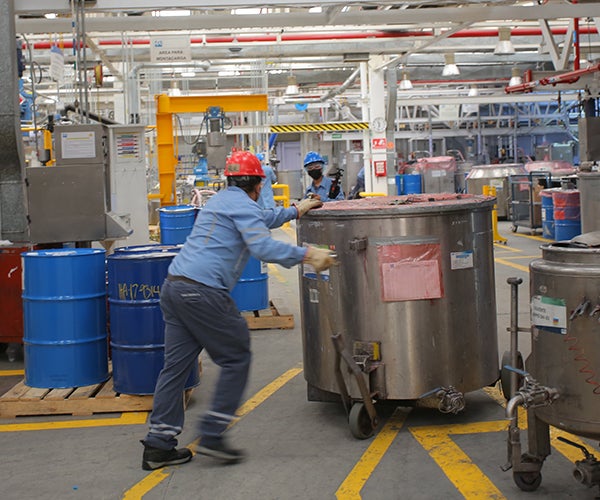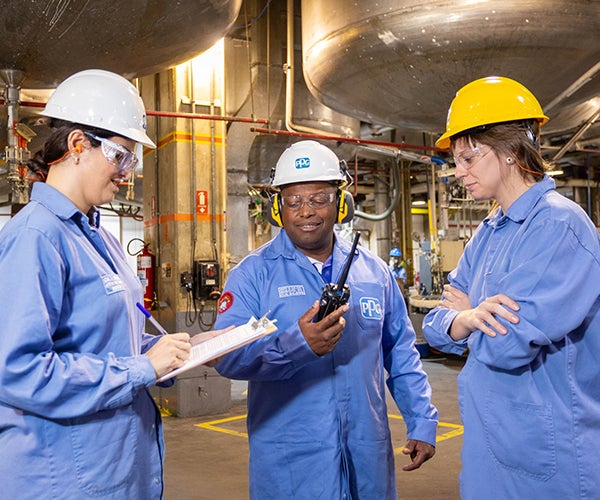Looking ahead, we will continue monitoring water scarcity risk in the communities where we operate using the World Resources Institute's Water Risk Atlas, and will invest in best practices toward reducing our water use where our activities impact stakeholders.
For more detailed information about our ongoing approach to water management, including a detailed description of our water mapping, reuse, wastewater treatment, see the bottom of this web page.
Multi-year data highlights
Water intensity
Cubic meters per metric ton of production
Scroll right to view further data »
| 2024 | 2023 | 2022 | 2021 | 2020 | 2019 |
| Water intensity for priority sites in water stressed areas | 0.97 | 1.18 | 1.49 | 1.38 | 1.42 | 1.34 |
Data changes from prior reporting reflect adjustments for acquired and divested locations from the 2019 baseline onward.
Water consumption - All sources
Million cubic meters
Scroll right to view further data »
| 2024 | 2023 | 2022 | 2021 | 2020 | 2019 |
| Withdrawn | 9.66 | 8.17 | 9.11 | 9.61 | 9.11 | 9.96 |
| Discharge | 7.97 | 6.43 | 7.26 | 7.62 | 6.99 | 7.19 |
| Net consumption (withdrawn minus discharge) | 1.69 | 1.74 | 1.85 | 1.99 | 2.12 | 2.77 |
Total may not equal the sum due to rounding.
Water withdrawal and water discharge data are provided by each location on a monthly basis using the best available data, including direct measurements when possible. Data changes from prior reporting reflect adjustments for acquired and divested locations.
2024 water withdrawn - All sources
Million cubic meters
| Source | Amount withdrawn |
| Surface water | 0.01 |
| Groundwater | 5.74 |
| Seawater | 0.00 |
| Produced water | 0.00 |
| Third-party water | 3.90 |
2024 freshwater consumption
Million cubic meters
| Source | Amount withdrawn |
| Municipal water withdrawn | 3.90 |
| Fresh surface water withdrawn | 0.01 |
| Fresh groundwater withdrawn | 5.74 |
| Water discharge | 7.97 |
| Net freshwater consumption | 1.68 |
Water usage in water-stressed regions
Scroll right to view further data »
| 2024 | 2023 | 2022 | 2021 | 2020 | 2019 |
| Total water withdrawn in water stressed regions | 1.03 | 1.24 | 1.57 | 1.64 | 1.54 | 1.59 |
| Percent of total withdrawn | 11% | 15% | 17% | 17% | 17% | 16% |
| Percent of total consumed | 34% | 37% | 47% | 46% | 47% | 34% |
Included facilities are in North America, South America, Europe, Australia and Asia. Data changes from prior reporting reflect adjustments for acquired and divested locations and updated water scarcity analysis.
Water non-compliances
Scroll right to view further data »
| 2024 | 2023 | 2022 | 2021 | 2020 | 2019 |
| Number | 9 | 5 | 10 | 6 | 7 | 6 |
Data cover non-compliances associated with water quality permits, standards and regulations and is based on the year that PPG is notified of the non-compliance by a governmental authority.
Water non-compliances are typically minor deviations from existing discharge permits. These incidents are thoroughly investigated, and corrective actions are implemented to minimize reoccurrence.




